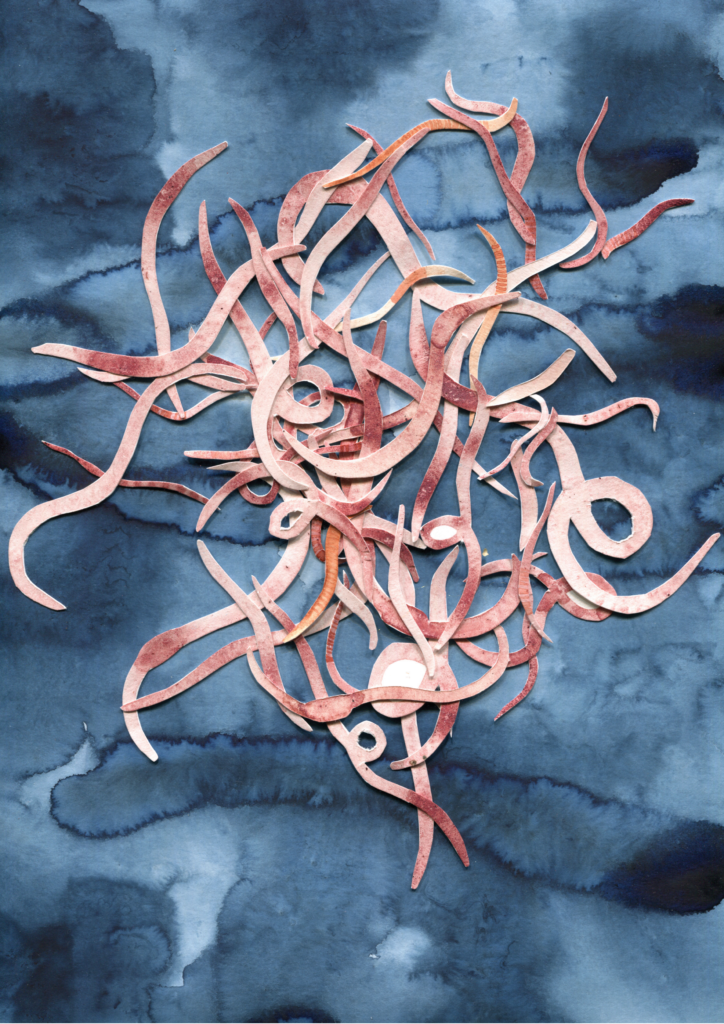
Environmental issues can be mitigated by cooperation. This chapter focuses on reflecting on individual values and looks at environmental action. What is most dear to you? What do you want to protect? Do you wish to have an impact on environmental issues, and what do you think would be the best way for you to do so?
Table of Contents:
Warm-up Exercises
Values Continuum
If Anything Was Possible
Environmental Crisis Toolkit
A Poem Selfie
Main Exercises
Values Portrait
Advertisements for Useless and Important Products
My Climate Skills
Climate Heroes
My Own Communities
Warm-up Exercises

Aims:
The aim of the Me as an Environmental Actor warm-up
exercises is to build a safe and encouraging group atmosphere,
strengthen the participants’ positive view of themselves
and their opportunities to have an impact, and
inspire the participants to observe their own attitudes
towards the environment. Lower and upper secondary
school: the exercises develop the transverse competences
aims thinking and learning to learn; taking care of oneself and
managing daily life; participation, involvement and building
a sustainable future; well-being competence; ethical and environmental
competence and societal competence. Literary art
basic education: the exercise develops the aims development
as a literary artist and own voice as a writer – the
exercise invites the learner to verbalize the values that
are important to them as the point of departure for their
writing and to expand their imagination.
In a Group:

Values Continuum
(15 min)
The teacher reads a statement, and the participants position themselves along an imaginary line based on how much they agree or disagree with the statement. After each statement, the participants discuss the thoughts that were sparked by the statement for one minute with a participant standing close to them.
Statements:
– I have a hobby that I am passionate about and want to
get better at.
– I get strength from nature, for example being out in
nature or spending time with animals.
– Spending a lot of time with my loved ones, for example
my friends and my family, is important for me.
– I don’t really feel like thinking about climate change.
– I want to influence the political decision-makers so that
they would implement effective measures to mitigate
climate change.
– In my everyday life, I want to make choices that are as
eco-friendly as possible.
– I try to choose products that have been produced by
companies that operate ethically.
– For me, the most important thing is to realise my
dreams, regardless of climate change.
– For me, the most important thing is to take care of the
well-being of myself and my loved ones.

If Anything Was Possible
(10 min)
Stimulate imagination by coming up with creative solutions to facing the environmental crisis. The teacher asks the group: “If anything was possible, how would you protect life on Earth?” Come up with as many different solutions as you can:
– a quick solution
– a fun solution
– a cheap solution
– a technological solution
– a natural solution
– a musical solution
– a local solution
– a communal solution
– a colourful solution
Method 1: Each participant writes their ideas on paper.
Method 2: The participants come up with solutions as a group, saying their ideas out aloud, and the teacher writes them on board under each category.
The point is to accept all ideas – also the ones that seem weird or impossible. Brainstorming freely can lead to new insights that can later be developed into something useful!
An alternative method:
Blindly pick up items from a cloth bag, one at a time.
Come up with a solution that utilizes the item you picked,
either in a concrete or a metaphorical manner. For
example: if the item is a rock, the solution could be: “The
global decision-makers are invited to a meditation session
where they stare at a rock. This makes them realise that
we only have this one rock, this one planet, and this leads
to negotiations that result in effective climate measures.”

Environmental Crisis Toolkit
(10 min)
Each participant has five minutes to find 3–5 small items from among their personal possessions or from their immediate surroundings that can stand for their own tools for addressing the environmental crisis. The tools can be related to various themes that are topical to the participant, such as sources of resolve, surviving the environmental crisis, or environmental activism. Each participant writes for themselves a bullet list of notes about the use/relevance of each tool. Next, the tools are presented in pairs. For example:
“Eraser – for me, it’s important to be able to sometimes erase the environmental crisis from my mind, for instance by watching a movie I enjoy.”
“Lunch sandwich – I want to have an impact on the environmental crisis by choosing a plant-based diet.”
“Glitter pen – For me, creativity and dreams are important in life.”
The idea for the exercise comes from researcher, drama educator Anna Lehtonen and dance and theatre pedagogue, artist Nella Turkki.
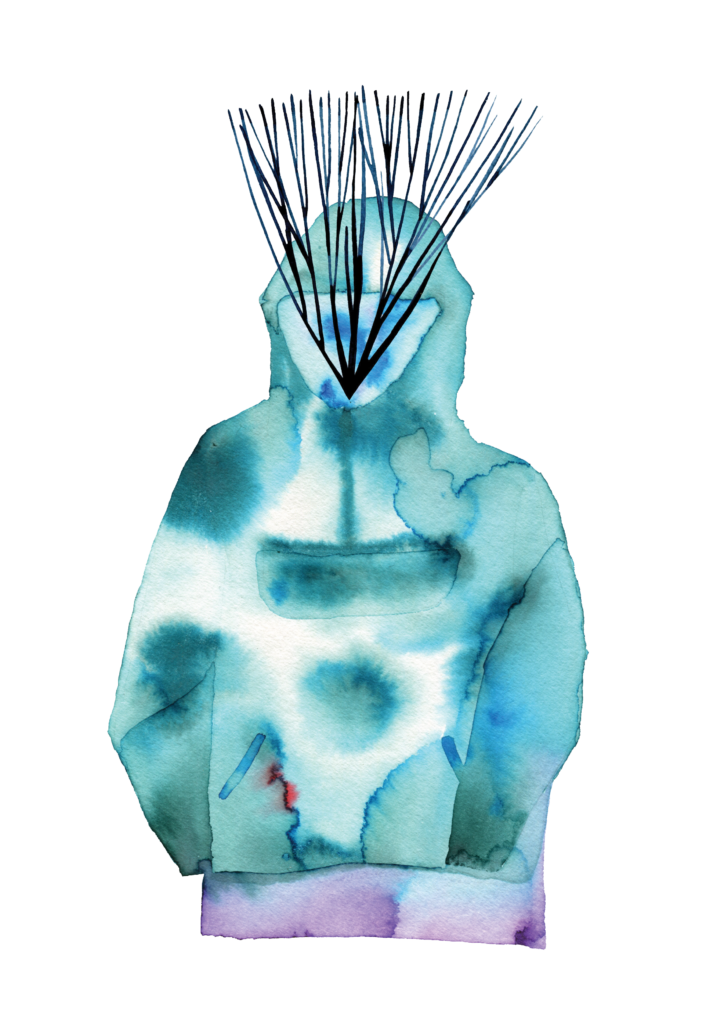
Alone or in a Group:

A Poem Selfie
(10 min)
Strengthen a positive self-image and the trust in one’s individual potential for having an impact by answering the questions below. Based on the answers, create a poetic self-portrait, or a poem selfie, using the poem scheme.
1) Three things I am good at (verbs):
2) Three qualities I like in myself (adjectives):
3) My favourite weather (adjective):
4) My favourite place:
5) My favourite animal:
6) My favourite pastime (verb):
7) A human or other creature who has had a great impact
on me or who I admire:
8) A human or other creature who I have helped or
delighted:
9) An activity I dream about (verb):
10) The most beautiful thing I have seen or heard (noun):
11) Something that gives me strength (noun):
12) Something I’d like to change in the world (a full sentence):
Main Exercises
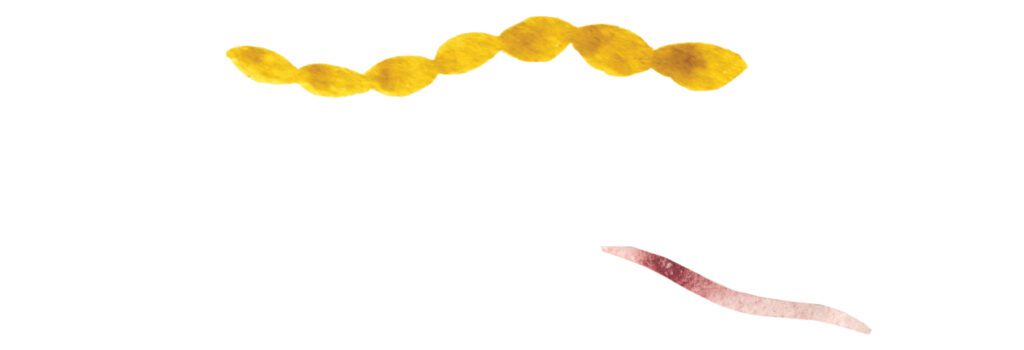
Values Portrait
(40 min)
Aims:
To clarify one’s own values and to allow playful
addressing of the learner’s self-image using humour as
a tool. Lower and upper secondary school: the exercise
develops the transverse competences aims taking care of
oneself and managing daily life; cultural competence, interaction
and self-expression; participation, involvement and
building a sustainable future; well-being competence; interaction
competence; ethical and environmental competence
and societal competence. Literary art basic education: the
exercise develops the aims development as a literary artist
and own voice as a writer – the exercise invites the learner
to verbalize the values that are important to them, experiment
with the dating profile and medical diagnosis text
types, and expand their imagination.
Tuning in (10 minutes):
Form pairs. Consider the questions below (5 minutes) and
after that, share your thoughts with your partner (5 minutes).
1) What are the most important values for you? From the list below, pick the 5 most important values that you want to live by in your everyday life.
Honesty, friendship, justice, equality, helping others, connection with nature, success, moderation, independence, physical activity, eco-friendliness, communality, compassion, sensitivity, well-being, rest, humour, freedom, adventure, spirituality, comfort, creativity, security, courage, love, learning, wisdom, beauty, something else?
2) What things or activities make you happy in your everyday life? Some examples: friends, pets, important hobbies…
3) Is there a value that you would like to live by more strongly in your everyday life? What concrete action could you take this week to live more by that value?
Exercise (20 minutes):
List:
1) Five activities that are manifestations of you living by
your values. For example: “I support my friends through
difficult times.” “I go to soccer practice twice a week.”
2) Five lies about yourself: For example: “I robbed a bank last week.” “I’m related to a famous actor.”
3) Five impossible things about yourself. For example: “I can read people’s minds.” “There are two purple horns growing on my head.”
Write a dating profile or a medical diagnosis of yourself where you use some things you have listed from each of your lists.
Debriefing (10 minutes):
The texts are read in pairs or in small groups. The
listeners can tell which particular details about the texts
they liked.
The exercise utilizes a writing exercise by creative writing teacher and author Niina Hakalahti. The exercise was further developed for this teaching material by Henna Laininen.

Advertisements for Useless
and Important Products
(65 min)
Aims:
To invite the learner to consider their own consumer
choices and their attitudes towards material goods,
using humour to approach the topic. Lower and upper
secondary school: the exercise develops the transverse
competences aims taking care of oneself and managing
daily life; multiliteracy; cultural competence, interaction and
self-expression; working life competence and entrepreneurship; participation, involvement and building a sustainable future;
interaction competence; multidisciplinary creative competence;
ethical and environmental competence and societal competence.
Literary art basic education: the exercise develops
the aim own voice as a writer – the exercise introduces
a newspaper advertisement as a text type, experiments
with collaborative writing as a writing technique and
expands imagination.
Tuning in (20 minutes):
The participants fill in the Sitra lifestyle test (15 minutes):
https://lifestyletest.sitra.fi/
After doing the test, split in pairs and discuss the
following questions (5 minutes):
1) What are some easy lifestyle changes that would enable
me to reduce my carbon footprint to some extent? The
changes can be related, for instance, to the following areas:
– food
– housing
– travel and transport
– goods and services
2) What about changes that would have a more pronounced effect but would also require long-term planning?
Exercise (30 minutes):
Split into small groups. Each group is a company tasked
with creating an advertisement for their latest product.
The companies differ in their values and in their mode
of operation. Teacher assigns the following companies to
the small groups and the company descriptions are read
out with the entire group before the small groups begin
to work on their assignment.
Group 1:
This company produces products that are useless and
harmful to the environment, using materials with high
environmental burden. The products are expensive and
they are designed to break down three years from the date
of purchase. A product example: “A soda bottle cooler with
high electricity consumption, made of plastic.”
Group 2:
This company produces completely useless products
that are relatively harmless to the environment, using
recycled materials. The products are cheap, and buyers
receive other, useless products as add-ons with the
purchase. A product example: “An ear-scratcher made
of an empty oat-milk carton, with a pair of jumping stilts
made of old car tires free with every purchase.”
Group 3:
This company produces highly important and longlasting
products, mainly from recycled materials and
locally sourced high-quality materials. The products are quite expensive but they have a long lifespan. A product
example: “A fleece winter coat made of wool from locally
farmed lambs, with solar panels made of recycled plastic
on the back for charging your mobile phone.”
Group 4:
This company produces only non-material products that
are extremely important. They use no materials at all. The
products are free, or the profits are channelled to charity.
A product example: “Sing an encouraging song to your
friend and support a nursing home for homeless cats.”
Task 1 (3 minutes):
Come up with a name for your company that reflects its
values and mode of operation.
Task 2 (10 minutes):
Come up with your company’s latest product by
answering the questions below. Accept even the weird
ideas. Now is the time to let imagination run free and go
over the top!
– What is the product used for?
– What is the product made of?
– What impact does the product have a) on its user,
b) on the environment?
– What would be a fitting name for the product?
– How much does the product cost?
Task 3 (15 minutes):
Design a newspaper advertisement for this latest product
from your company. The advertisement can contain both
text and image(s), either of the product itself or of a situation
where the product is used. The advertisement text
can include, for example, the following points:
– Name and price of the product
– Advertising slogans: how would you describe the
intended use, materials, and impact of the product in a
catchy way?
– You can also think about the aspects of the product that
should not be mentioned in an advertisement.
Debriefing (15 minutes):
The small groups present the name of their company, the
product, and the advertisement created for the product
to the other groups. After the presentations, reflect on the
following questions:
– Which of the previously presented products would you want to get or would definitely not want to get for yourself?
– The previously presented products were imaginary, but do they have similarities with real products? Have you perhaps purchased a product that is similar to what was presented? Were you happy with your purchase afterwards?
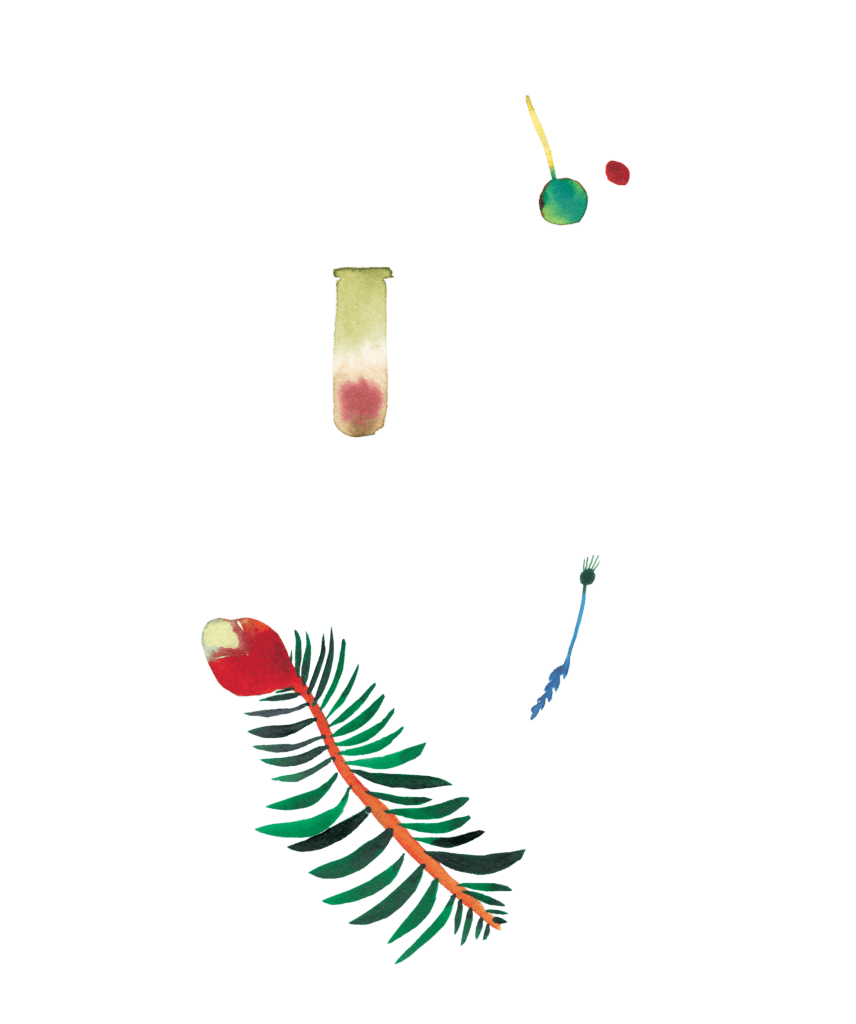

My Climate Skills
(40 min)
Aims:
To approach the challenges posed by environmental
issues as a learning opportunity. To reflect together on
the types of skills that are required in the changing conditions.
Lower and upper secondary school: the exercise
develops the transverse competences aims taking care of
oneself and managing daily life; cultural competence, interaction
and self-expression; participation, involvement and building a
sustainable future; well-being competence; multidisciplinary
creative competence; ethical and environmental competence and
societal competence. Literary art basic education: the exercise
develops the aim own voice as a writer – the exercise
introduces
dictionary definition as a text type, invites the
learner to invent new words, and expands imagination.
Tuning in (20 minutes):
Examine the list of climate skills. After doing
so, consider the kinds of skills you think are or will be
required in a climate crisis. This can include various
skills: skills related to a sustainable way of life, survival
skills, social skills, or emotional skills. Make a bulleted list
or a mind map of your ideas (15 minutes).
When directing the exercise, the teacher can highlight the fact that learning new skills is often fun and learning a skill can turn into an interesting hobby. Each individual can discover the climate skills that are most important to them, give them strength, and are useful for furthering the adaptation to climate change in their own life and their social circle and community.
Exercise (15 minutes):
From the skills that you have listed, choose the one that
you feel is the most important to you and write a dictionary
definition for it, using the following questions as the
starting point:
– What would be a fitting name for the skill?
– How does one practise or utilize the skill?
– What kind of an experience is the practising of the skill?
– How does practising the skill change the practitioner or
the society around them?
For inspiration, you can read a dictionary definition ”Pleffort” from the Utopedia glossary describing a skill that will be needed in the future (at the end of this exercise).
Debriefing (5 minutes):
The dictionary definitions are read in pairs or in small
groups. As an additional exercise, you can create freeze
frames on your future climate skills (see the Freeze
Frames on Environmental Emotions exercise).
Pleffort
A pattern of behaviour that enables communities to invent new solutions to problems. Any member of the community can start a game based on the problem to be solved, and the other members of the community are expected to play along. Pleffort has led to the invention of e.g. linerest (a phenomenon common in urban rush-hour public transport, where one rests their head on the shoulder of the person standing next to them in the line) and the lightweight shared thermal outfits which can be worn by up to five people at the time without impediment to movement. Pleffort has been helpful in many government coalition negotiations and shareholders’ meetings. Play can help to find a new solution to a problem, or not.
From the Utopedia glossary by the group Rakkaudesta, www.utopedia.fi
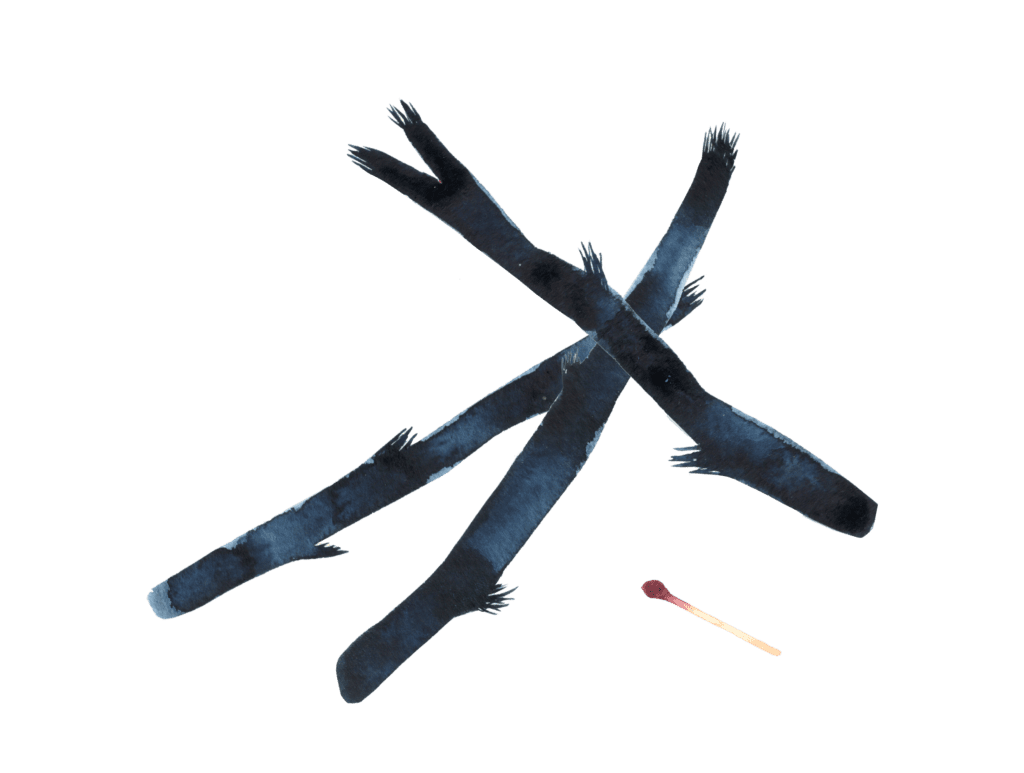

Climate Heroes
(55 min)
Aims:
To address heroism and the means that each individual
has to make an impact on environmental issues. Lower and
upper secondary school: the exercise develops the transverse
competences aims taking care of oneself and managing
daily life; cultural competence, interaction and self-expression;
participation, involvement and building a sustainable future;
well-being competence; ethical and environmental
competence
and societal competence. Literary art basic education:
the exercise develops the aim own voice as a writer – the
exercise introduces superhero stories as a text type and
invites the learner to create a character.
As an introduction, the teacher can introduce to participants an idea articulated by environmental philosopher Joanna Macy: a person can view their own environmental activism as an adventure where the end result is not yet known. During their adventure, the hero encounters challenges and discovers means to overcome them. The climate crisis is such a complex phenomenon that, instead of individual heroes, cooperation and the strength of numbers to create change are required. At the same time, one should remember the importance of self-compassion: while everybody can do something for climate, nobody can do everything.
Tuning in (25 minutes):
1. Read the guide “9 things you can do about climate change” by The Grantham Institute: https://www.imperial.ac.uk/stories/climate-action/.
Split in pairs and discuss:
– Do you have a desire to have an impact on environmental
issues and which method would be the most
suitable for you? (10 minutes)
2. Read the article “ ‘Africa is on the front lines but not the front pages’: Vanessa Nakate on her climate fight” about a young environmental activist by Nina Lakhani on the Guardian magazine website: https://www.theguardian.com/environment/2022/sep/17/vanessa-nakate-climate-activist-africa-cop27?CMP=share_btn_fb&fbclid=IwAR0PYY7FDSl8grIzFWpoLu8O4bJMtDCbCXQ1Pq2eLpkx- 9jaFxOVtMzXn0KA
Split in pairs and discuss:
– Who do you consider a hero of the climate change era?
Is your hero a fearless climate activist or a climate refugee
struggling to cope with the consequences of climate
change? Perhaps a bee that helps fruit trees to reproduce
under challenging weather conditions? Or a young
person who has grown in difficult family conditions and
faces many other challenges besides climate change? Can
a community be considered a hero?
– What makes your own life heroic? Which situations or
issues – large or small – have required heroic qualities,
such as courage or determination, of you? (10 minutes)
3. The teacher introduces superhero fiction genre to the group. Superhero is a type of fictional hero popularized in comic books, movies, video games and literature who has extraordinary, often superhuman, powers. Superhero helps people in emergency situations and fights crime. The teacher gives examples about older as well as more recent superhero comics, such as The Amazing Spider-Man by Stan Lee and Steve Ditko (Marvel Comics) and The Adventures of Superhero Girl by Faith Erin Hicks, see: http://www.adventuresofsuperherogirl.com/comic/ (5 minutes)
Exercise (30 minutes):
Come up with your personal climate superhero! The
superhero’s mission is to save the Earth for the following
generations by preventing a climate catastrophe. What
kind of a hero is needed for this mission? The hero can be
either human or a member of another species.
The name of the hero:
Come up with a fitting, descriptive name for the superhero!
The name can refer, for example, to the best qualities
of the superhero.
The mission of the superhero:
a) climate activism
b) promoting a sustainable lifestyle
c) protecting biodiversity
d) coming up with ecological inventions
e) helping animals and humans who suffer because of
climate change
f) something else?
The hero’s strengths:
– Mental resources (e.g. characteristics, values and attitudes,
mental skills):
– Physical resources: (e.g. body constitution, practical skills):
The hero’s weaknesses:
What skill has the hero not mastered yet?
What mental or physical characteristic makes the hero’s
adventure challenging and at the same time interesting?
(Examples: shyness, fear of dark, hair that reaches the
ground and gets tangled in everything…)
The hero’s helpers:
Who helps the hero to accomplish their mission? The
helpers can be human or non-human.
The hero’s adversaries:
Who/what (one or more) make(s) it more difficult for the
hero to accomplish their mission? The adversaries can be
humans, non-human creatures, conditions, or internal
qualities (e.g. a storm, laziness).
The hero’s equipment:
What is the hero’s most important piece of equipment
when completing their mission? How does the hero travel
from one place to another?

Additional Exercise:
The Hero’s Journey
(30 min)
Write a story about how your super hero accomplishes their mission. Include in the story three obstacles that make the hero’s journey more difficult: an external obstacle (a circumstance or a random occurrence), an internal obstacle (a characteristic or an emotion), and an adversary (human or member of another species). Tell how and with whose help the hero overcomes the obstacles. Include various ways of overcoming the obstacles, e.g. the hero’s skills, appearance of an assisting character, and a cunning plot.
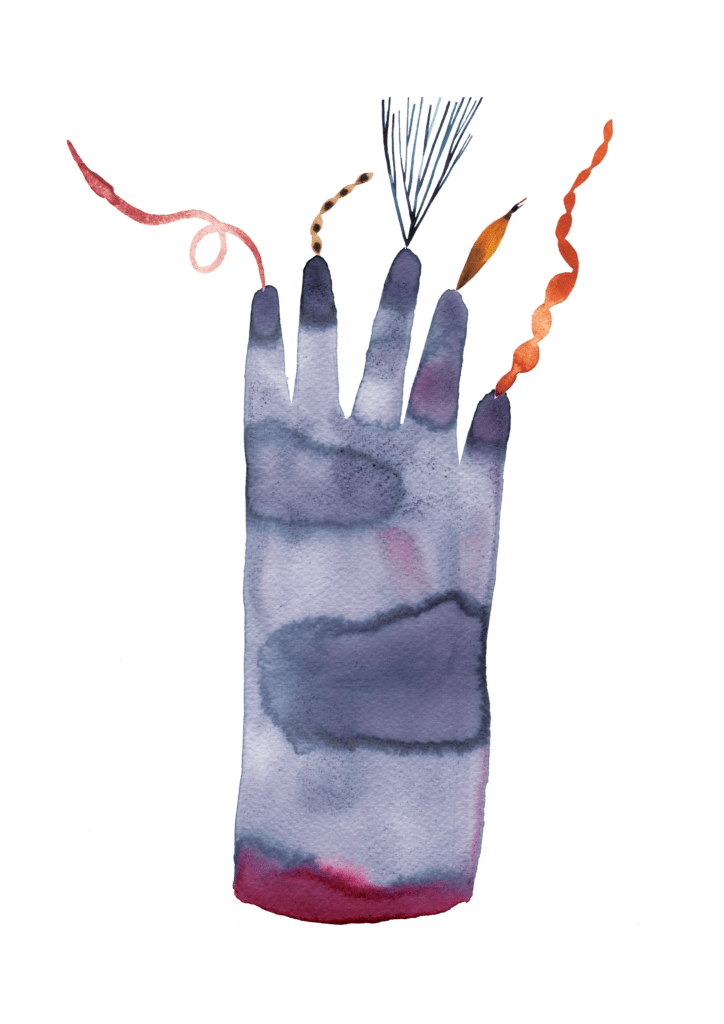

Additional Exercise:
Climate Super Hero Movie
(10 min)
Come up with a name for a movie starring your climate super hero! Write a synopsis for the movie in approximately five sentences. If you have plenty of time, you can also design a poster for the movie by drawing, for example, or by taking digital photos and using graphics software.
Additional reading on environmental activism: Joanna Macy & Chris Johnstone: Active Hope – How to Face the Mess We’re in without Going Crazy (New World Library 2012).

My Own Communities
(60 min)
Aims:
To reflect on communality as a resource during the
environmental crisis, to take a look at the learners’ own
communities and to consider the opportunities that
are available for impacting the climate crisis through
communality. Lower and upper secondary school: the
exercise develops the transverse competences aims taking
care of oneself and managing daily life; cultural competence,
interaction and self-expression; participation, involvement
and building a sustainable future; well-being competence;
interaction
competence; ethical and environmental competence and societal competence. Literary art basic education: the
exercise develops the aim own voice as a writer – the
exercise reflects on communities as a setting for a story
and introduces newspaper headlines as a text type.
Tuning in (10 minutes):
Watch “Dancing Rabbit Ecovillage”, the first episode of the
Planet Community video series by the Fellowship for Intentional
Community: https://vimeo.com/showcase/5540107
In the episode, the residents of an ecovillage in Northeastern Missouri tell what they find important for creating a sustainable community.
Exercise (45 minutes):
1. Create a map of your own communities – which local or
more distant communities are you part of? We are all part
of many different communities. These include family,
group of friends, neighbourhood, work or school communities,
hobby groups, and social media communities.
(10 minutes)
2. Next, choose one of your communities and discuss in writing how well that community functions at the moment in your opinion.
– Who belong to the community, who are excluded from it?
– Does the community have a common goal?
– How does it feel to be a part of the community?
– What works well, what perhaps poses challenges?
– Is everyone’s voice heard?
– Are there power relations or conflicts that hinder the
functioning of the community?
– What kind of diversity is accepted, what kind of similarities
are expected?
Finally, consider how you, as a community, could start boosting your sense of togetherness. What kind of tools are available to you? (15 minutes)
3. Explore the images on pages 33–35 of the guide by the international Transition Network: https://transitionnetwork.org/wp-content/uploads/2018/08/The-Essential-Guide-to-Doing-Transition-English-V1.2.pdf Think about how you could promote adapting to climate change and a more sustainable way of life in your local community, for example with your neighbours. (10 minutes)
4. Imagine that your local community faces one of the following emergencies:
– a three-day power cut
– an interruption of food or water supply
– a flood
– a massive storm
– a prolonged heatwave
What, in your opinion, would be the ideal way for your local community to act in such a situation? Come up with three news headlines that describe the great success of this community in facing an emergency. For example: “A garden party by open fire – read how the suburban residents turned a power outage into a communality-boosting experience”, “The neighbour’s cat saved my life – Tina, 15, reveals what happened during the storm”. (10 minutes)
Debriefing (10 minutes):
The thoughts from points 2 and 3 and the news headlines
are presented in pairs or in small groups. The headlines
can also be compiled together to create the group’s
shared tabloid front page on the classroom wall.
This exercise is a literary art version of the Omat yhteisöni (“my communities”) exercise in the Minun ilmastotaitoni (“my climate skills”) online documentary at http://ilmastotaitoni.fi/harjoitteet/#pauliina. The exercise was developed by Henna Laininen and Pauliina Helle.
